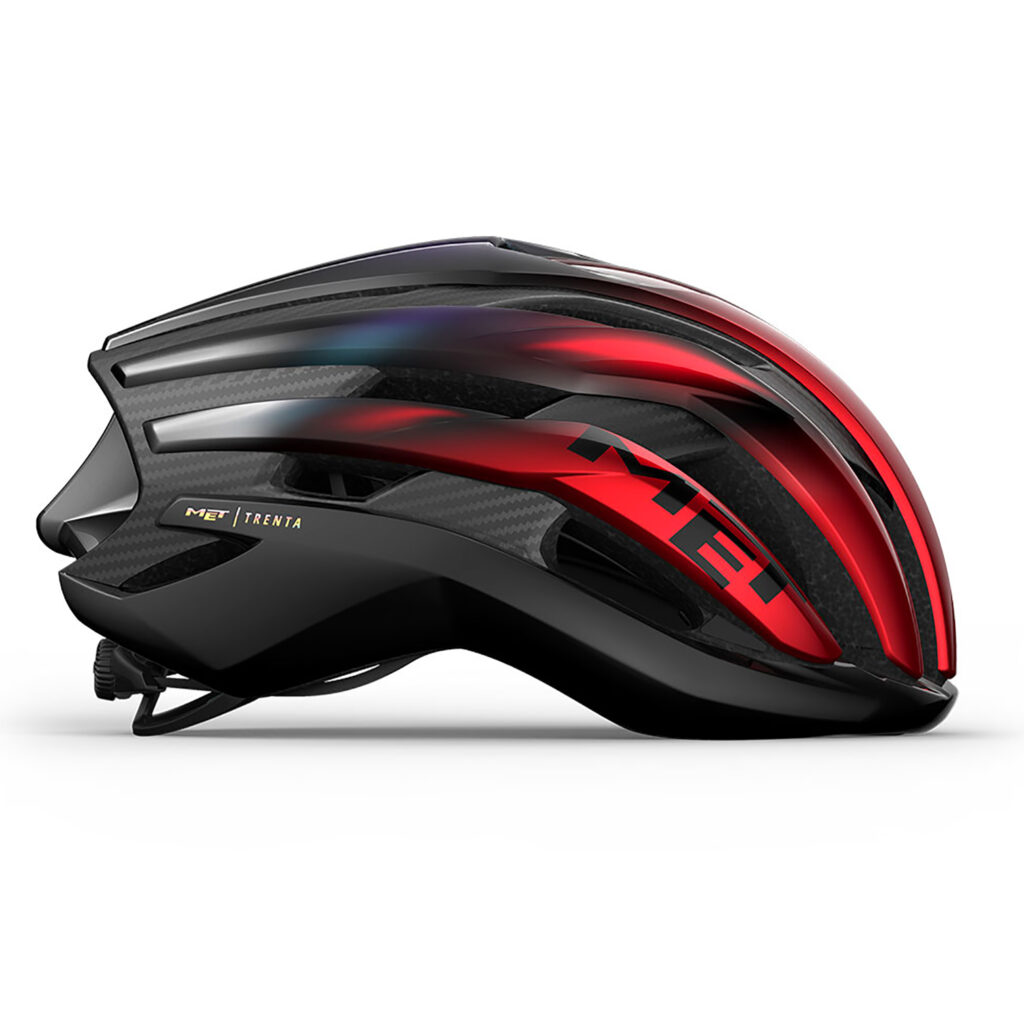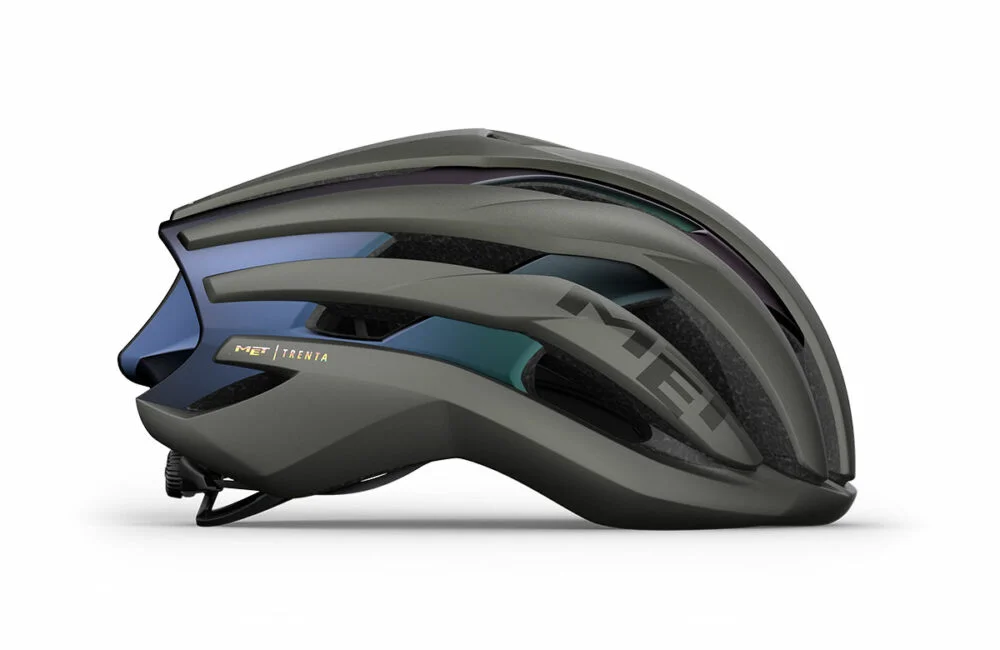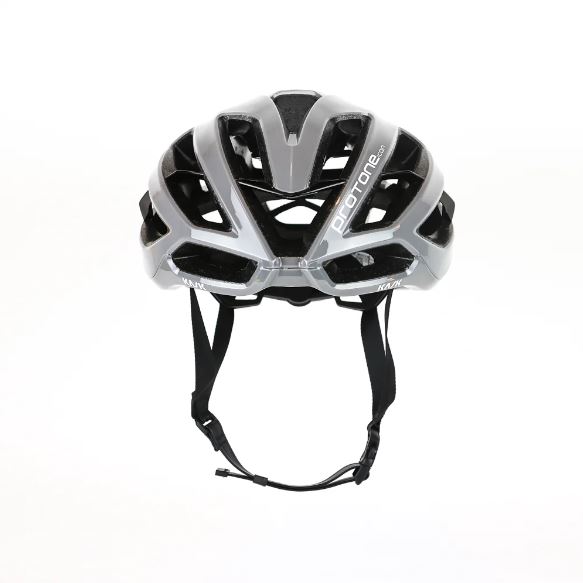Reducing Helmet Noise for Gravel Biking: Enhance Your Ride’s Comfort and Peacefulness

Key Point Summary of Reducing Helmet Noise for Gravel Biking:
- Understand the Sources of Helmet Noise: Wind turbulence around the helmet and straps is a primary contributor.
- Helmet Design and Fit: Opt for helmets with aerodynamic designs and ensure a proper fit to reduce noise.
- Accessories for Noise Reduction: Consider using earplugs, wind-blocking helmet stickers, or specially designed ear covers.
- Maintenance and Adjustment: Regularly check and adjust your helmet straps and padding to minimize noise.
As someone deeply entrenched in the world of cycling, with a rich background spanning mountain biking, gravel biking, and cyclocross, I’ve come to value not just the physical prowess required to navigate these disciplines but also the small nuances that enhance the riding experience. Among these, reducing helmet noise stands out as a crucial aspect of comfortable and peaceful gravel biking. Here, I aim to share insights on minimizing helmet noise, making rides more enjoyable for cyclists, whether they’re just starting or have already gathered some experience.
The Quest for Quieter Rides
Helmet noise, primarily caused by wind passing over and around the helmet, can turn a serene ride into a less enjoyable experience, particularly on long gravel adventures where the constant hum can be both distracting and fatiguing. Over the years, I’ve explored various strategies to mitigate this noise, aiming to reclaim the peacefulness of cycling through nature.

Aerodynamic Helmets: A Starting Point
The design of your helmet significantly affects the amount of noise generated. Aerodynamic helmets, often characterized by smoother surfaces and fewer vents, can reduce wind resistance and turbulence, thereby diminishing noise. However, it’s crucial to balance noise reduction with ventilation, especially for the warm conditions often encountered in gravel biking.
Ensuring a Proper Helmet Fit
A helmet that fits well is not just a safety necessity; it’s also quieter. A snug, properly adjusted helmet reduces the gaps between your head and the helmet, minimizing the areas where wind can create turbulence. Regularly check the fit and adjust the straps and padding as needed to maintain the best fit over time.
Accessories to Combat Noise
In my pursuit of quieter rides, I’ve found several accessories helpful:
- Earplugs: Simple yet effective, earplugs can significantly reduce wind noise while still allowing you to hear important sounds from your surroundings.
- Wind-blocking Stickers: Applied to the helmet’s exterior or the straps, these can disrupt wind flow and cut down on noise.
- Helmet Ear Covers: Some manufacturers offer ear covers designed to fit their helmets, providing a barrier against wind while not overly stifling other sounds.
The Role of Maintenance
Regular maintenance of your helmet is another overlooked aspect of noise reduction. Ensuring that all components, including visors and ventilation covers, are securely fastened can prevent additional noise. Likewise, replacing worn-out padding can help maintain the helmet’s original fit and noise-dampening capabilities.

Top-Picks
Finding a gravel helmet that encompasses all the criteria for reducing noise while ensuring comfort and safety can be a bit of a quest, given the balance required between aerodynamics, ventilation, and fit. However, there are several helmets on the market known for their thoughtful design, which aims to minimize wind noise without compromising on other essential features. Here are a few models that stand out for their ability to meet these needs:
- Scott Centric Plus: Renowned for its lightweight and aerodynamic design, the Centric Plus offers excellent ventilation and reduced wind noise. The HALO fit system ensures a snug, comfortable fit for all-day riding.
- Giro Vanquish MIPS: Remains an excellent choice for its aerodynamic efficiency and integrated shield, reducing wind noise while providing a secure and adjustable fit with the Roc Loc Air system.
- Bontrager XXX WaveCel: Features innovative WaveCel technology for safety and is designed to cut through the air efficiently, minimizing noise. The Boa fit system allows for precise adjustments.
- Kask Protone: With a design that balances aerodynamics and ventilation, the Protone reduces wind noise while ensuring the rider stays cool. Its Octo Fit adjustment system guarantees a perfect fit.
- MET Trenta 3K Carbon: A helmet that’s designed for optimal airflow and reduced wind noise, thanks to its aerodynamic profile and 3K Carbon technology, which also reduces weight. The Safe-T Orbital fit system provides comprehensive adjustability.
These helmets have been engineered not just for performance but also for the rider’s experience, acknowledging that reducing wind noise is a crucial part of enjoying gravel biking. While no helmet can completely eliminate noise, these models are designed to significantly reduce it, contributing to a more peaceful ride.
Conclusion: Towards More Peaceful Rides
Incorporating these strategies has not only led to more peaceful and enjoyable rides but also enhanced my focus and connection with the surroundings during gravel biking adventures. By understanding the sources of helmet noise and employing practical solutions to mitigate it, cyclists at all levels can enhance their riding experience. Whether you’re embarking on a serene solo journey or a spirited group ride, reducing helmet noise is a step towards more comfortable and enjoyable gravel biking.
John

FAQ
How can I make my helmet quieter?
Make your helmet quieter by ensuring a proper fit, using wind-blocking accessories like earplugs or helmet skirts, and attaching wind-blocking stickers or covers to the helmet straps.
How can I make my helmet soundproof?
Completely soundproofing a helmet is challenging due to ventilation needs, but using earplugs and choosing helmets with integrated wind noise reduction features can significantly reduce noise.
What helmet has less wind noise?
Helmets with less wind noise typically have an aerodynamic design and features aimed at minimizing air turbulence, such as the Giro Vanquish MIPS or the Scott Centric Plus.
Why does my helmet have so much wind noise?
Your helmet may have so much wind noise due to gaps between the helmet and your head, poor aerodynamics, or loose straps causing turbulence. Ensuring a proper fit and considering a helmet designed for aerodynamics can help reduce wind noise.






